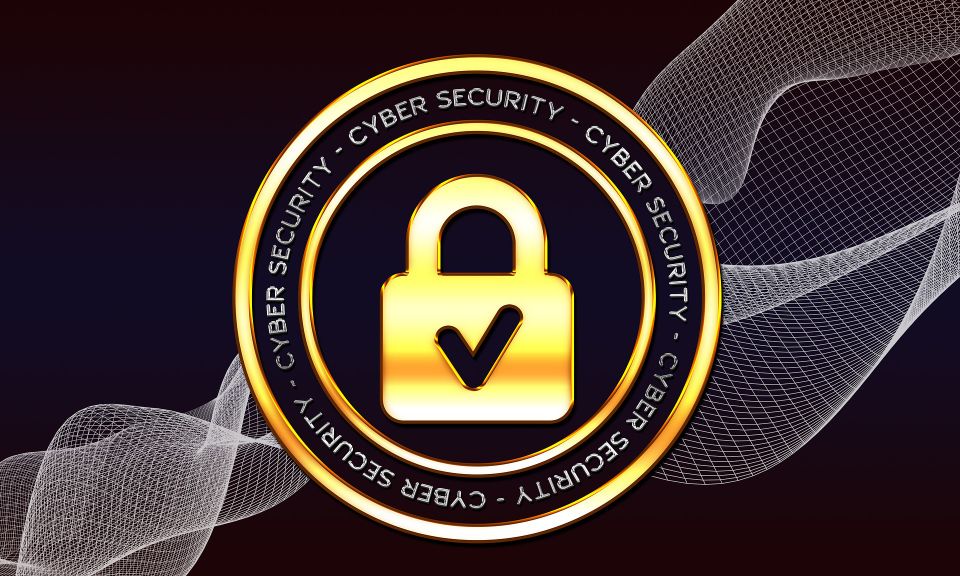Cybersecurity Essentials: Protecting Your Website and Data from Cyber Threats
Introduction:In an increasingly digital world, cybersecurity has become paramount for businesses of all sizes. This blog post explores the fundamental cybersecurity measures necessary to defend your website and data from malicious actors.1. Understanding Cyber Threats:
- Explanation of common cyber threats, including malware, phishing attacks, ransomware, and DDoS (Distributed Denial of Service) attacks.
- Examples and real-world scenarios illustrating the impact of cyber threats on businesses and individuals.
2. Importance of Website Security:
- Discussion on why website security is crucial for maintaining trust with customers, protecting sensitive data, and preserving brand reputation.
- Consequences of website breaches, such as data theft, financial loss, legal liabilities, and damage to business credibility.
3. Securing Your Website:-
Overview of essential security measures to protect your website from cyber threats, including:
- Implementing HTTPS encryption to secure data transmission.
- Keeping software, plugins, and themes up-to-date to patch vulnerabilities.
- Installing web application firewalls (WAFs) to filter out malicious traffic.
- Using strong authentication methods, such as two-factor authentication (2FA), to prevent unauthorized access.
4. Data Protection Best Practices:
- Guidance on safeguarding sensitive data stored on your website, such as customer information and payment details, through encryption and access controls.
- Strategies for securely handling and transmitting data, including encryption protocols like SSL/TLS (Secure Sockets Layer/Transport Layer Security).
5. Employee Training and Awareness:
- Emphasis on the importance of educating employees about cybersecurity best practices, such as recognizing phishing emails, avoiding suspicious links, and practicing good password hygiene.
- Tips for conducting regular security awareness training sessions and promoting a culture of cybersecurity awareness within the organization.
6. Incident Response and Disaster Recovery:
- Overview of incident response procedures for detecting, containing, and mitigating cybersecurity incidents in a timely manner.
- Importance of having a comprehensive disaster recovery plan in place to minimize downtime and data loss in the event of a breach or cyber attack.
7. Compliance and Regulatory Considerations:
- Discussion on industry-specific regulations and compliance requirements related to data protection and privacy, such as GDPR (General Data Protection Regulation) and CCPA (California Consumer Privacy Act).
- Importance of ensuring compliance with relevant regulations and standards to avoid legal penalties and reputational damage.
8. Continuous Monitoring and Improvement:
- Emphasis on the need for ongoing monitoring and assessment of cybersecurity measures to identify and address evolving threats.
- Importance of conducting regular security audits, vulnerability assessments, and penetration testing to evaluate the effectiveness of existing security controls.
Conclusion:Cybersecurity is a continuous journey that requires vigilance, proactive measures, and a commitment to protecting your website and data from cyber threats. By implementing the cybersecurity essentials outlined in this blog post and staying informed about emerging threats and best practices, you can enhance your organization's resilience against cyber attacks and safeguard your digital assets.


